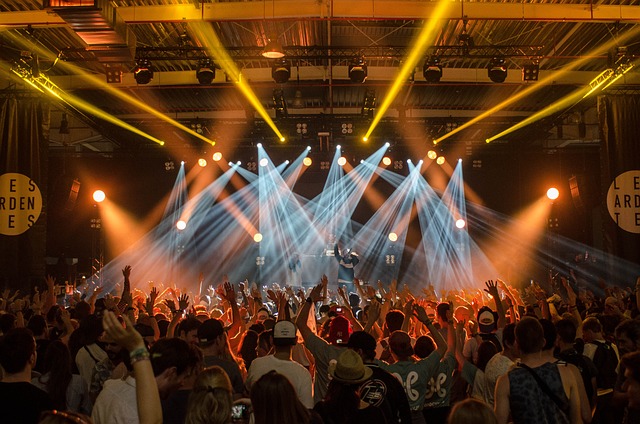Rocking the Stage: Exploring the Impact of Stage Appearance on Rock Music Culture
When it comes to rock music, the magic doesn’t just happen in the studio; it explodes on stage. Every riff, beat, and note played is enhanced by the raw energy and theatricality that brings the music to life. One of the most captivating elements of this spectacle is stage appearance. It’s much more than just lighting and costumes; it’s an integral part of the rock music culture that fans and artists alike hold dear.
From the flamboyant outfits of legends like David Bowie and Freddie Mercury to the laid-back, leather-clad styles of modern rock bands, stage appearance not only sets the tone for the performance but also creates an atmosphere that invites listeners to tap into the spirit of rebellion and freedom that defines the genre. Each garment, each accessory, tells a story that resonates deeply with the audience. A single guitar solo can transform into a heartfelt anthem when delivered by an artist who fully embraces their unique visual identity.
The connection between music and stage appearance is also tied to the way different musical genres have evolved over the years. At its roots, rock music began as a counterculture, pushing against norms and embracing a sense of individuality. This ethos is vividly expressed through the fashion choices of rock bands, which often reflect societal issues, personal battles, and a desire for self-expression. Every outfit worn on stage becomes a part of the narrative of rock history, marking movements like punk with its DIY ethos and glam rock with its over-the-top bravado.
Moreover, the moment a band steps onto the stage, the atmosphere shifts. Audiences are not just passive listeners; they become part of the experience. The vibrant lights, dramatic poses, and energetic interactions heighten the excitement, transforming a standard concert into a true party. Here, the aesthetics play a vital role. Whether it’s a minimalist setup that highlights the raw talent of the musicians or an elaborate stage design that immerses the spectators in a fantastical world, the visual elements amplify the emotional highs and lows of the songs being performed.
This ritualistic celebration of music extends beyond the stage. It seeps into music culture itself, influencing fashion trends, art movements, and even social behaviors. Fans mimic their idols, adopting styles that resonate with their musical heroes, creating a sense of community and belonging. Festivals and concerts thus become more than mere events; they’re a cultural phenomenon, where one can encounter like-minded spirits who share the love for both the music and the aesthetic that comes with it.
It’s clear that stage appearance transcends mere visuals; it is the heartbeat of rock music culture. It is about the connection established through sight and sound, the electric energy that ignites within a crowd, and the celebration of individuality that rock music has always championed. Whether you’re donning leather and spikes or just showing up in a T-shirt, the essence of being at a rock show lies in the shared experience, fueled by the visceral link between music and its vibrant stage presence.


